Facts about ancient civilizations that were way ahead of their time
Ancient civilizations were the trailblazers of human innovation, setting the stage for many of the conveniences we enjoy today. From architectural marvels to groundbreaking inventions, these civilizations laid the groundwork for modern society. Their achievements continue to inspire and intrigue, showcasing human ingenuity at its finest. Let’s embark on a journey through time to explore these remarkable contributions that have withstood the test of time and continue to influence our lives.
The Mesopotamian Marvel: Birthplace of Writing and the Wheel
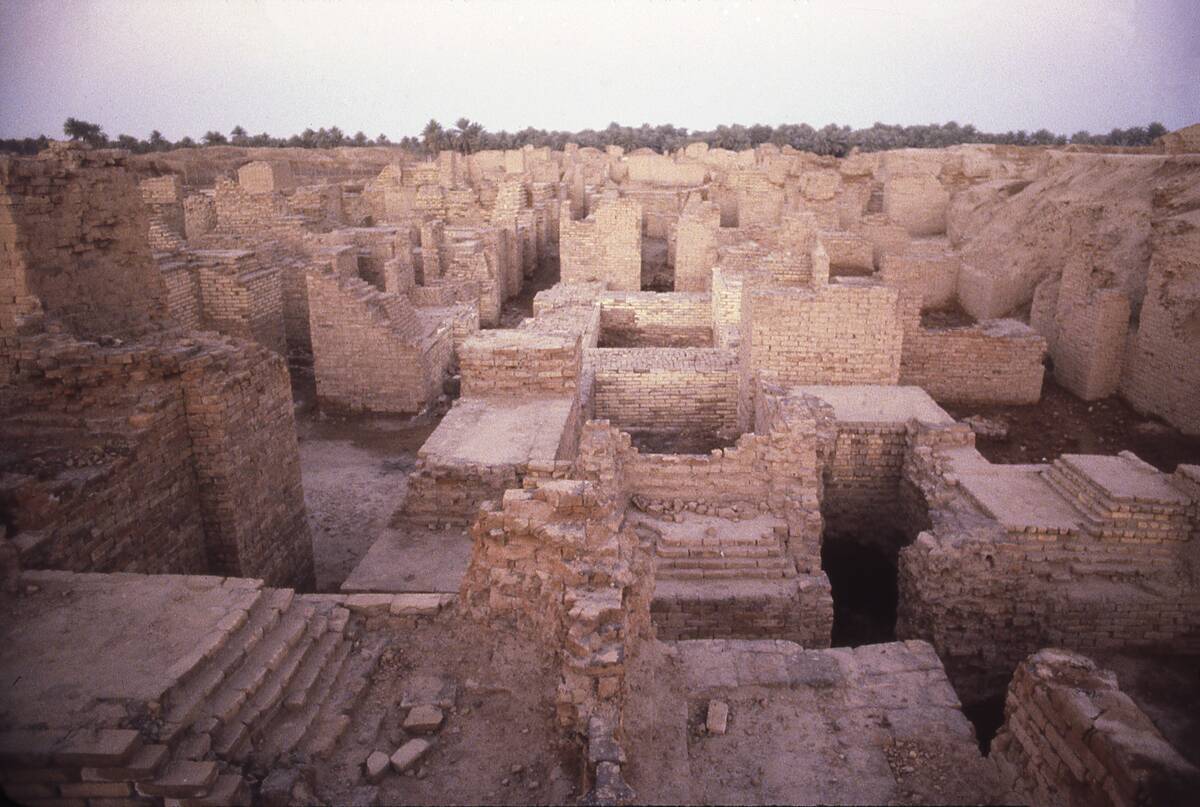
Mesopotamia, often hailed as the cradle of civilization, gifted us with two groundbreaking innovations: writing and the wheel. The cuneiform script, developed around 3200 BCE, was one of the first systems of writing, transforming communication and record-keeping. Equally transformative, the wheel, invented around 3500 BCE, revolutionized transport and machinery, paving the way for advancements in countless fields. These innovations were pivotal in shaping human history, demonstrating Mesopotamia’s profound impact on the world.
Indus Valley Ingenuity: Urban Planning and Sanitation Systems
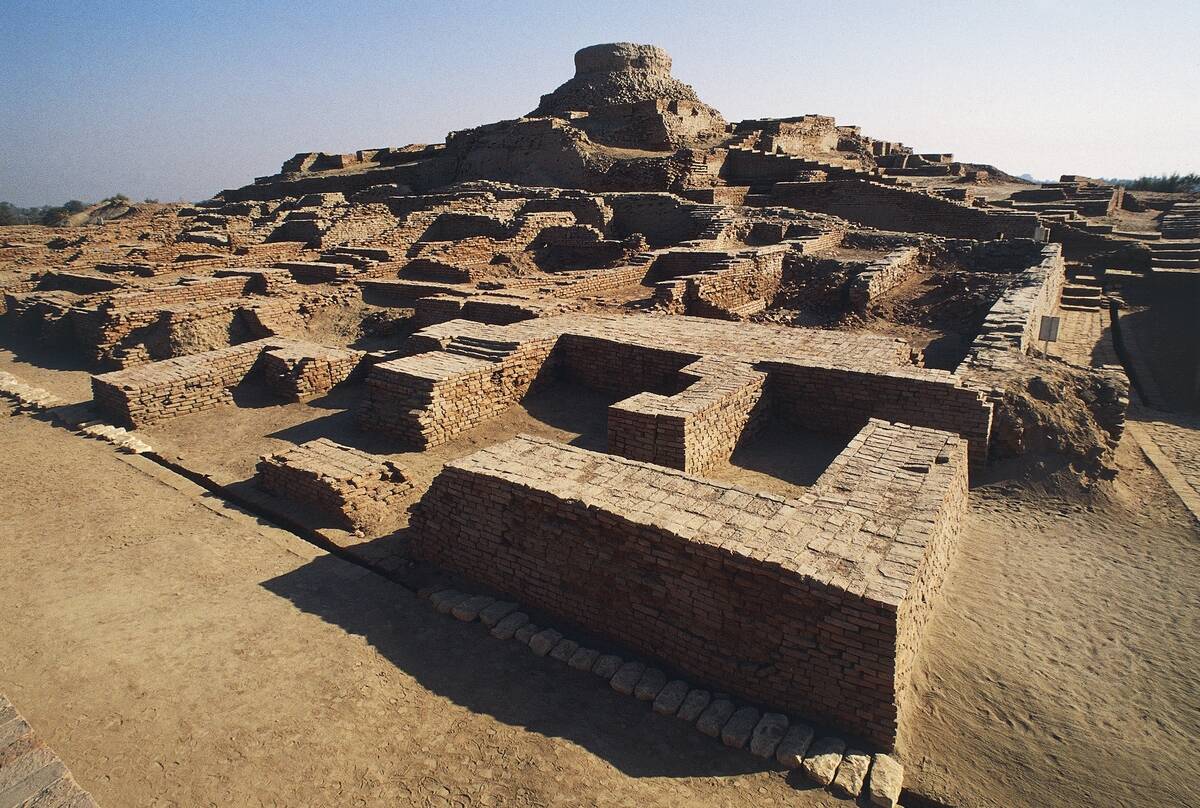
The Indus Valley Civilization, thriving between 2600 and 1900 BCE, was a pioneer in urban planning and sanitation. Cities like Mohenjo-Daro and Harappa were laid out in a grid pattern, with advanced drainage systems that rival modern standards. The civilization’s sophisticated plumbing included private and public baths, and an intricate network of covered drains. These innovations highlight the Indus Valley’s commitment to public health and urban organization, underscoring their forward-thinking approach to city living.
Mesmerizing Mathematics: The Advanced Calculations of the Maya
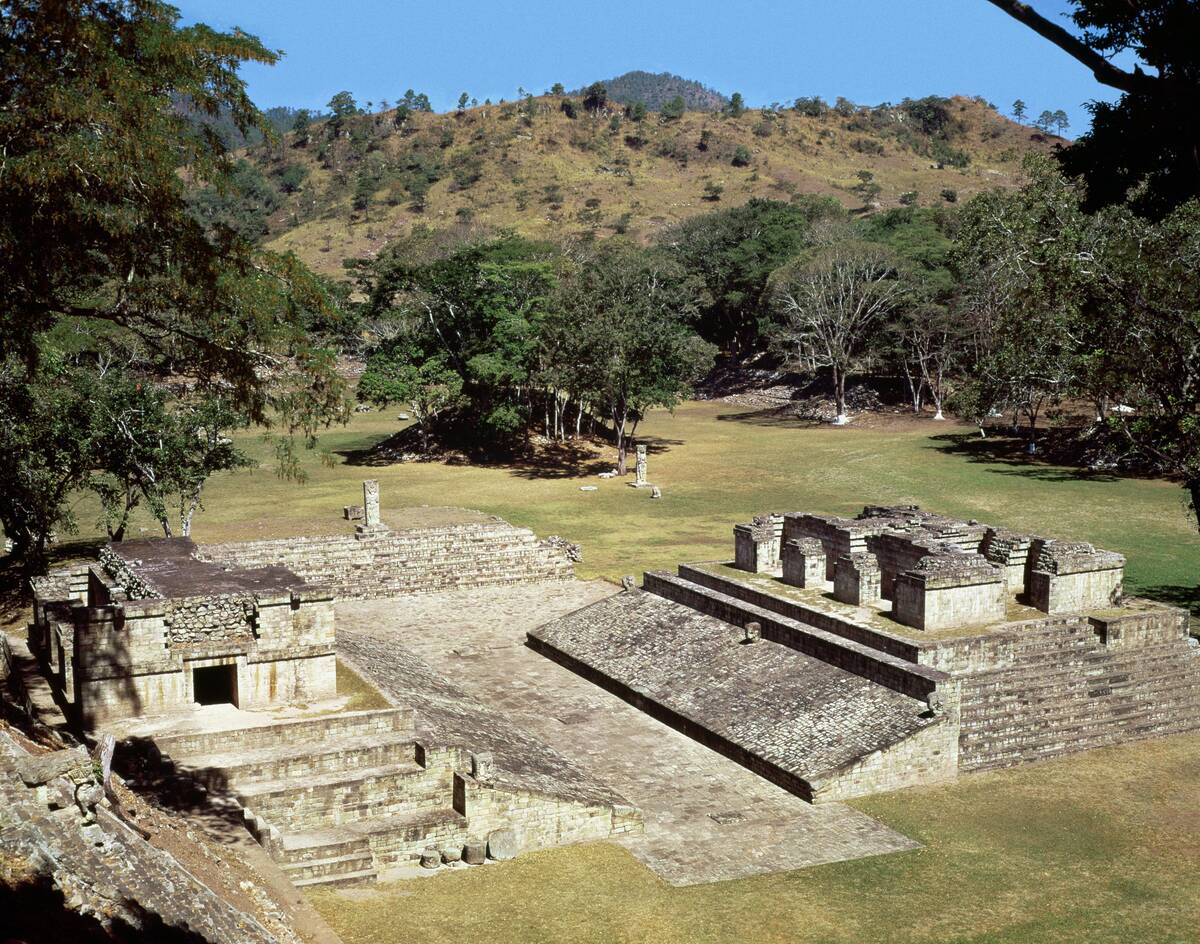
The Maya civilization, flourishing between 2000 BCE and 1500 CE, was remarkably advanced in mathematics and astronomy. They developed a vigesimal (base-20) number system and the concept of zero, crucial for their complex calendar systems. The Maya calendar, particularly the Long Count, enabled them to track celestial cycles with astonishing accuracy. Their mathematical prowess not only facilitated astronomical observations but also supported their architectural achievements, like the precise orientation of temples and pyramids.
The Greek Gift: Foundations of Democracy and Philosophy
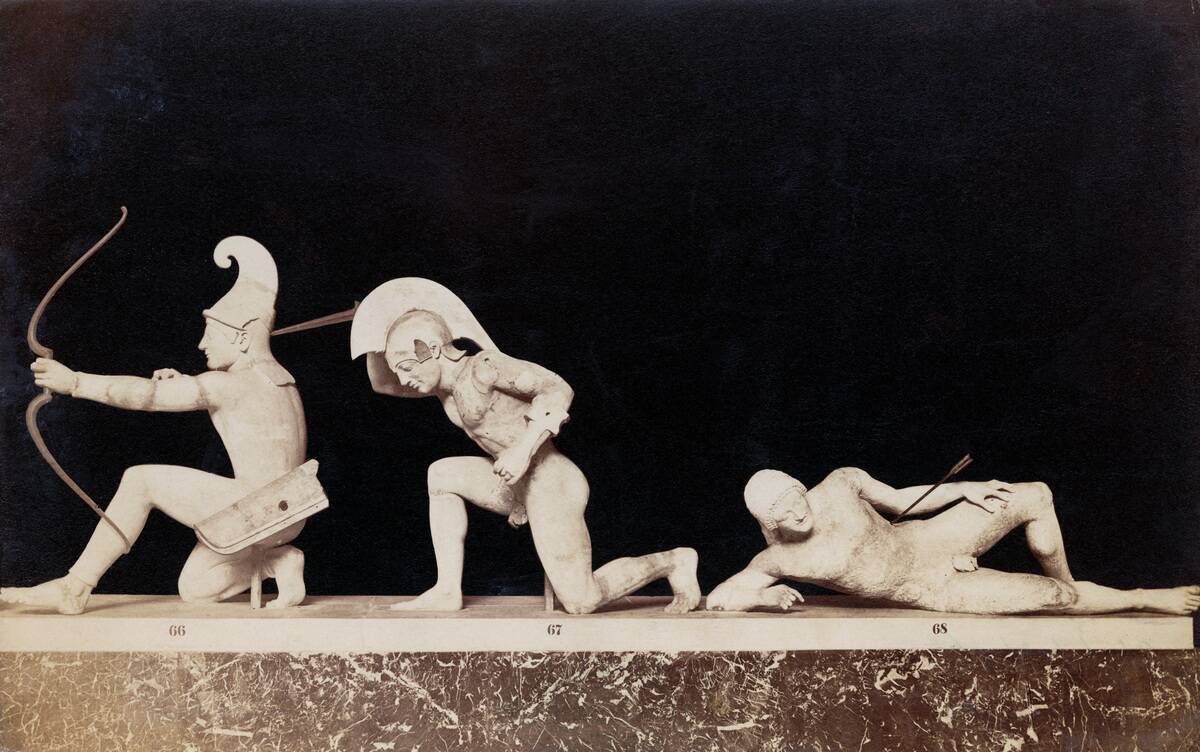
Ancient Greece, flourishing between the 8th century BCE and 146 BCE, is renowned for its lasting contributions to democracy and philosophy. The Athenian democracy, established in the 5th century BCE, introduced the concept of citizen participation in governance, a foundation of modern democratic systems. Philosophers like Socrates, Plato, and Aristotle explored ethics, metaphysics, and logic, shaping Western philosophical thought. Their insights into human nature and governance continue to influence contemporary society, reflecting Greece’s enduring legacy.
Roman Roads and Aqueducts: Pioneers of Infrastructure
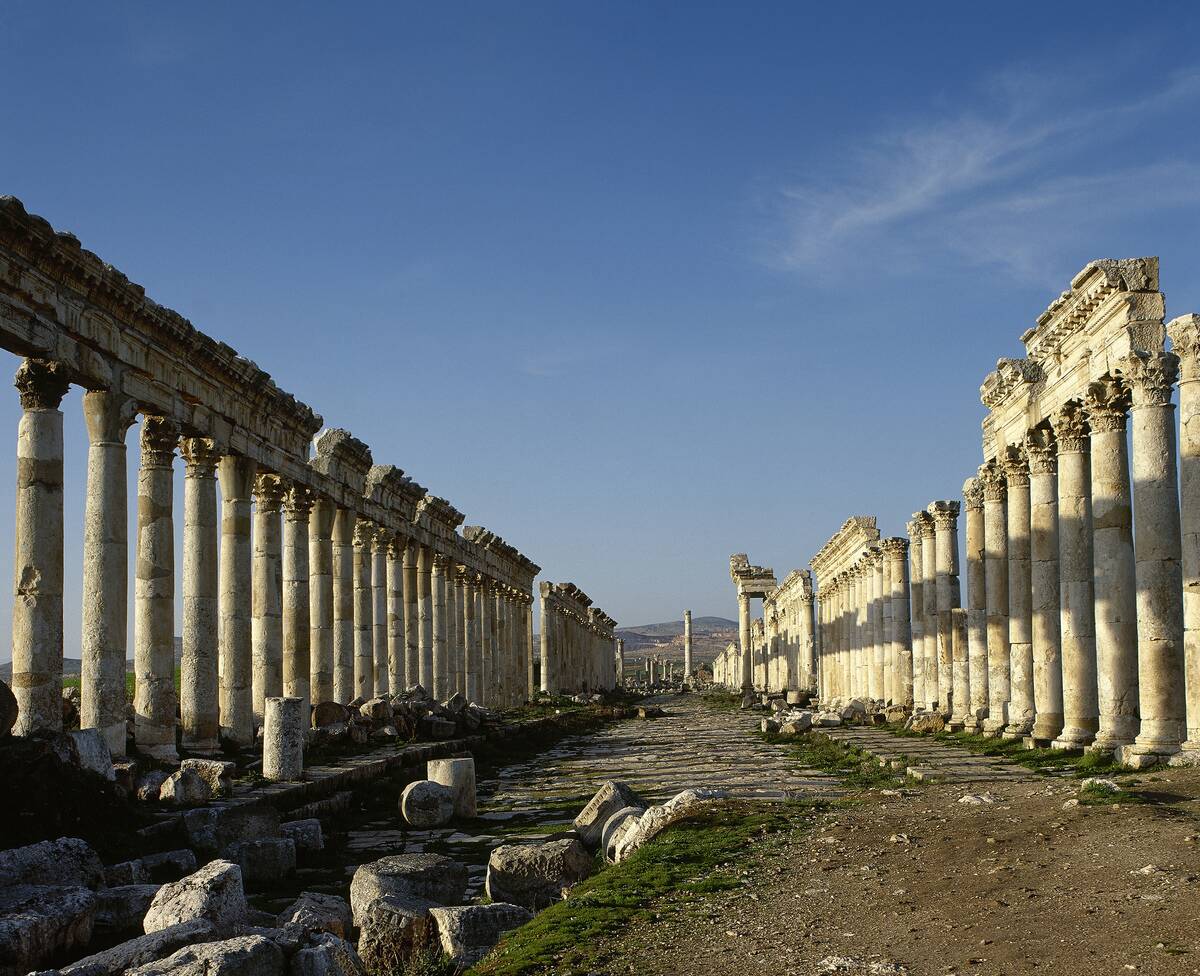
The Romans, at the height of their empire around the 2nd century CE, excelled in engineering, particularly in roads and aqueducts. The extensive network of Roman roads, spanning over 400,000 kilometers, facilitated trade, military movement, and cultural exchange. Aqueducts, like the Aqua Appia, constructed in 312 BCE, transported water over long distances, revolutionizing urban living. These feats of engineering not only supported the empire’s expansion but also set standards for infrastructure design that endure today.
Chinese Prowess: The Great Wall and the Invention of Paper

Ancient China, with its rich history of innovation, is famed for constructing the Great Wall and inventing paper. The Great Wall, built between the 7th century BCE and the 16th century CE, stretches over 13,000 miles, showcasing remarkable defensive architecture. Meanwhile, the invention of paper around 105 CE by Cai Lun revolutionized communication and record-keeping, eventually spreading worldwide. These achievements highlight China’s profound impact on global culture and technology, marking it as a cradle of innovation.
The Astounding Astronomy of the Babylonians
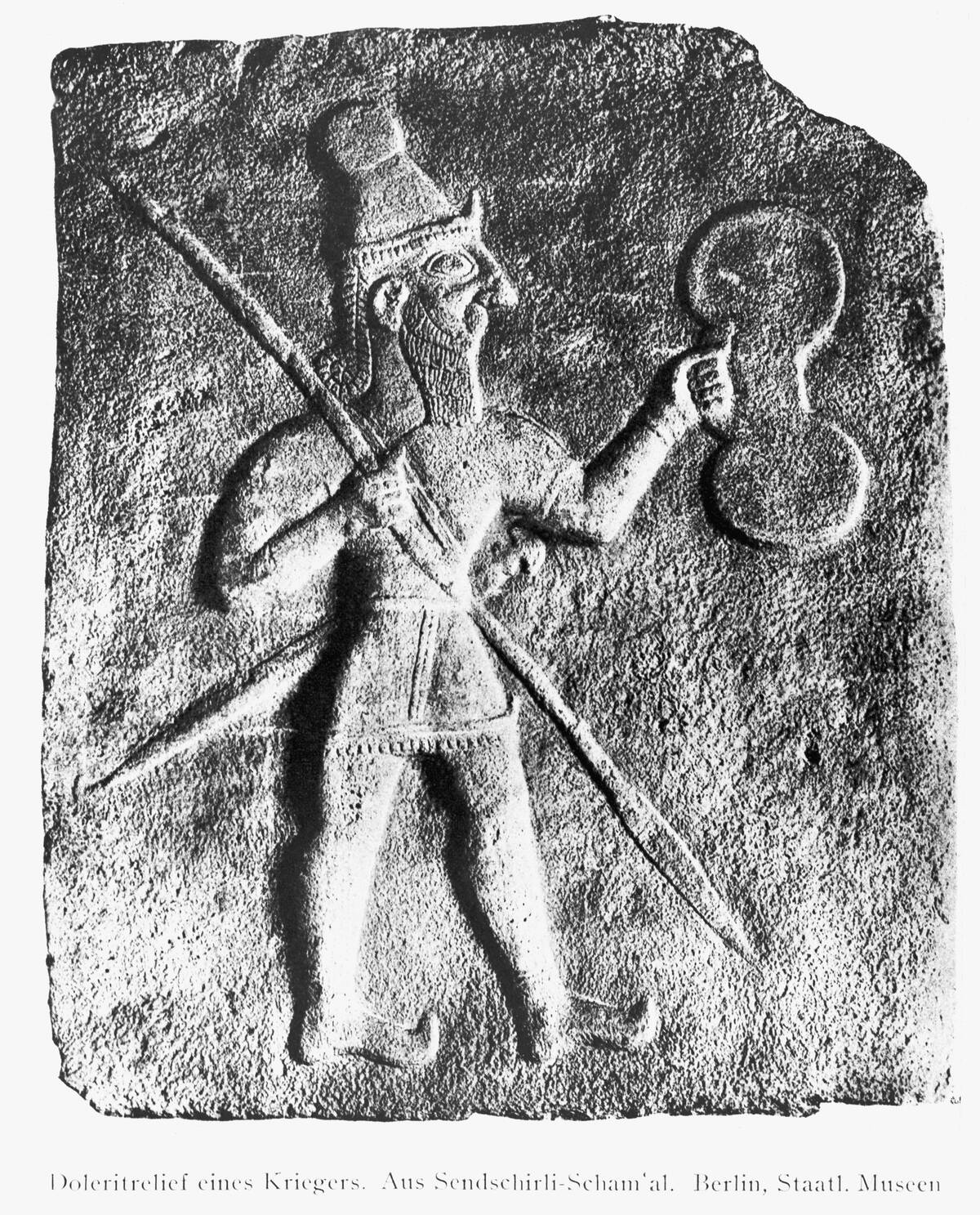
The Babylonians, flourishing in Mesopotamia around 1800 BCE, made significant strides in astronomy. They meticulously recorded celestial movements, leading to the creation of the zodiac and lunar calendar. Their observations allowed them to predict astronomical events such as eclipses with impressive accuracy. This knowledge was not only crucial for agriculture and religious practices but also laid the groundwork for future astronomical studies. The Babylonians’ contributions to astronomy demonstrate their profound understanding of the cosmos.
The Persians and Their Postal Service: Early Communication Networks
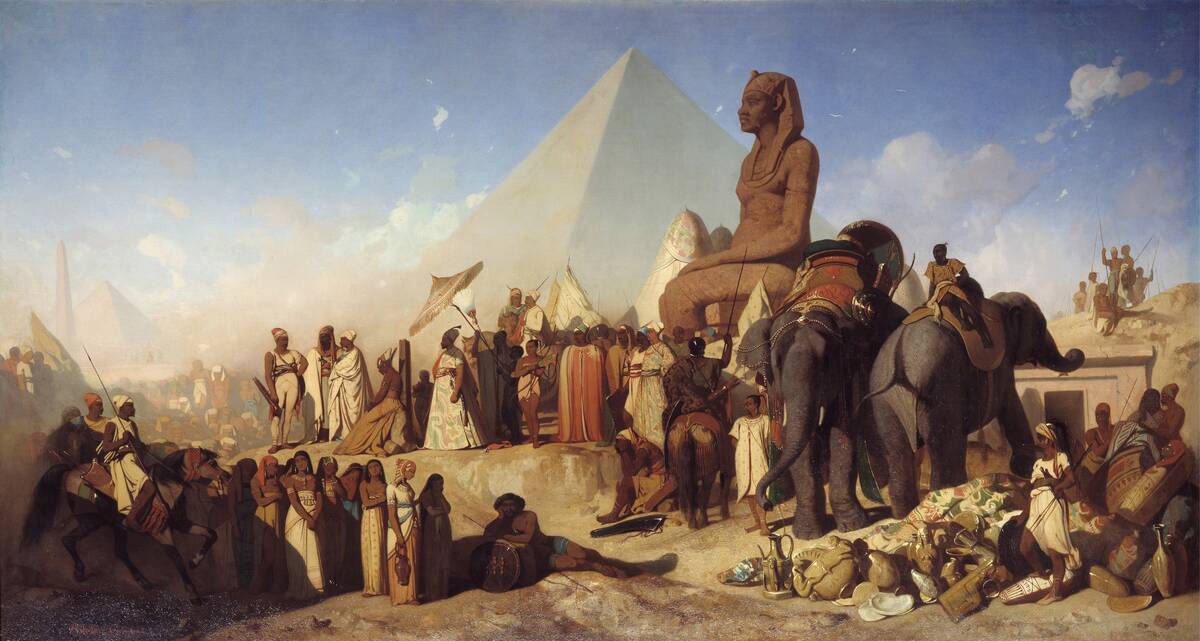
The Persian Empire, at its peak around 500 BCE, established one of the earliest postal systems, known as the “Angarium.” This network of couriers enabled efficient communication across the vast empire, stretching from Greece to India. The system relied on a relay of horsemen stationed at intervals, allowing messages to be delivered swiftly. The Persian postal service exemplifies their administrative prowess, highlighting their ability to maintain control and communication across diverse and distant territories.
Incan Agriculture: Terraces and the Mastery of Mountainous Landscapes
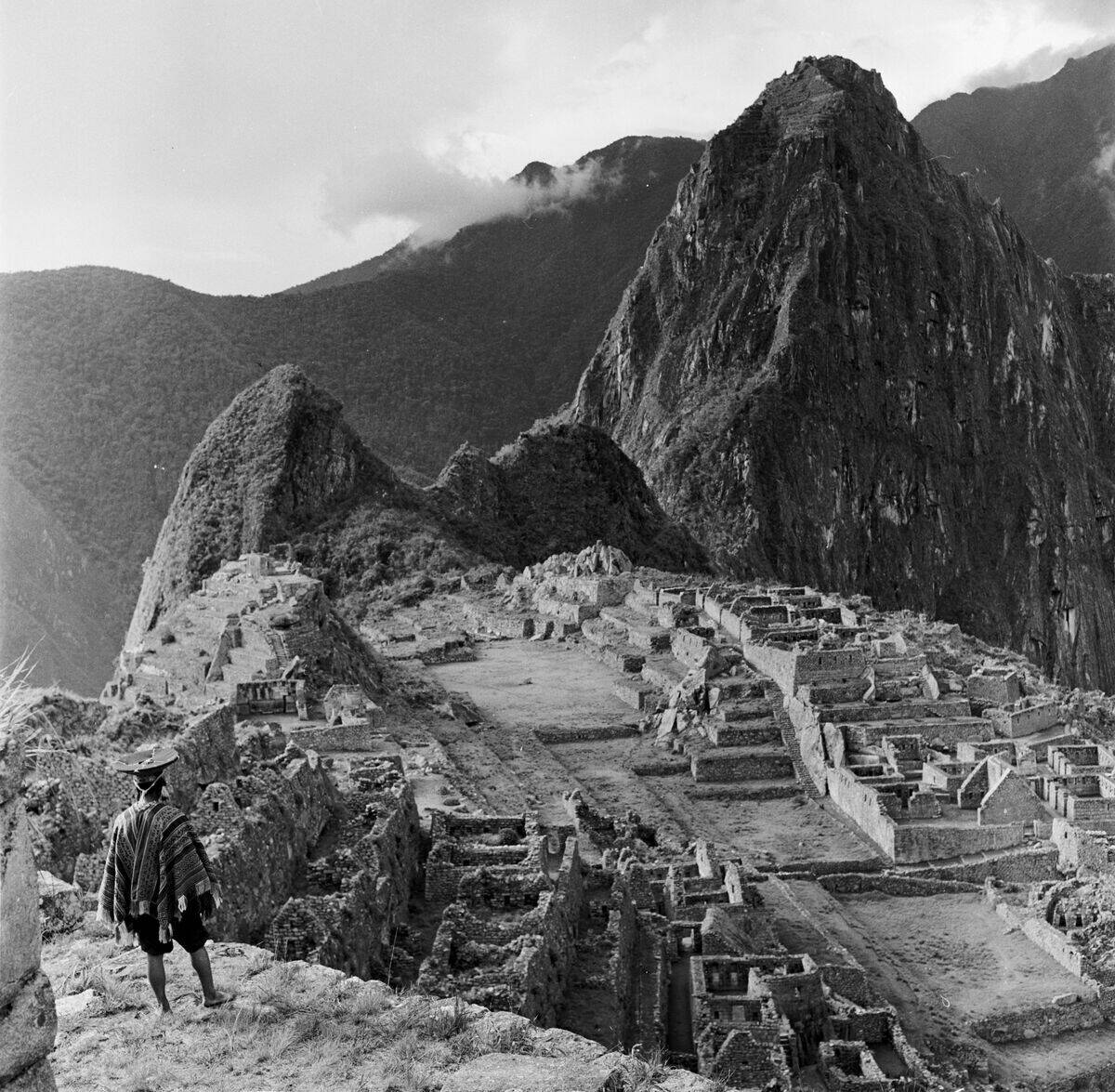
The Inca Empire, flourishing in the Andes between the 15th and 16th centuries, mastered agriculture in challenging mountainous terrain. They constructed terraces on steep slopes, maximizing arable land and reducing soil erosion. These terraces, combined with advanced irrigation techniques, supported diverse crops like potatoes and maize. The Incas’ innovative agricultural practices ensured food security for their population, demonstrating their ability to adapt and thrive in a demanding environment. Their legacy continues to influence modern sustainable farming.
The Celts and Their Metalwork: Craftsmanship Beyond Their Time

The Celts, flourishing in Europe from around 1200 BCE to the Roman conquest, were renowned for their exquisite metalwork. They crafted intricate jewelry, weapons, and tools from iron and gold, showcasing exceptional skill and artistry. The La Tène culture, particularly, is famous for its ornamental designs and complex patterns. Celtic metalwork not only reflects their artistic prowess but also their societal structure and cultural identity, leaving a lasting impression on European art and craftsmanship.
The Timeless Traditions of the Aboriginal Australians
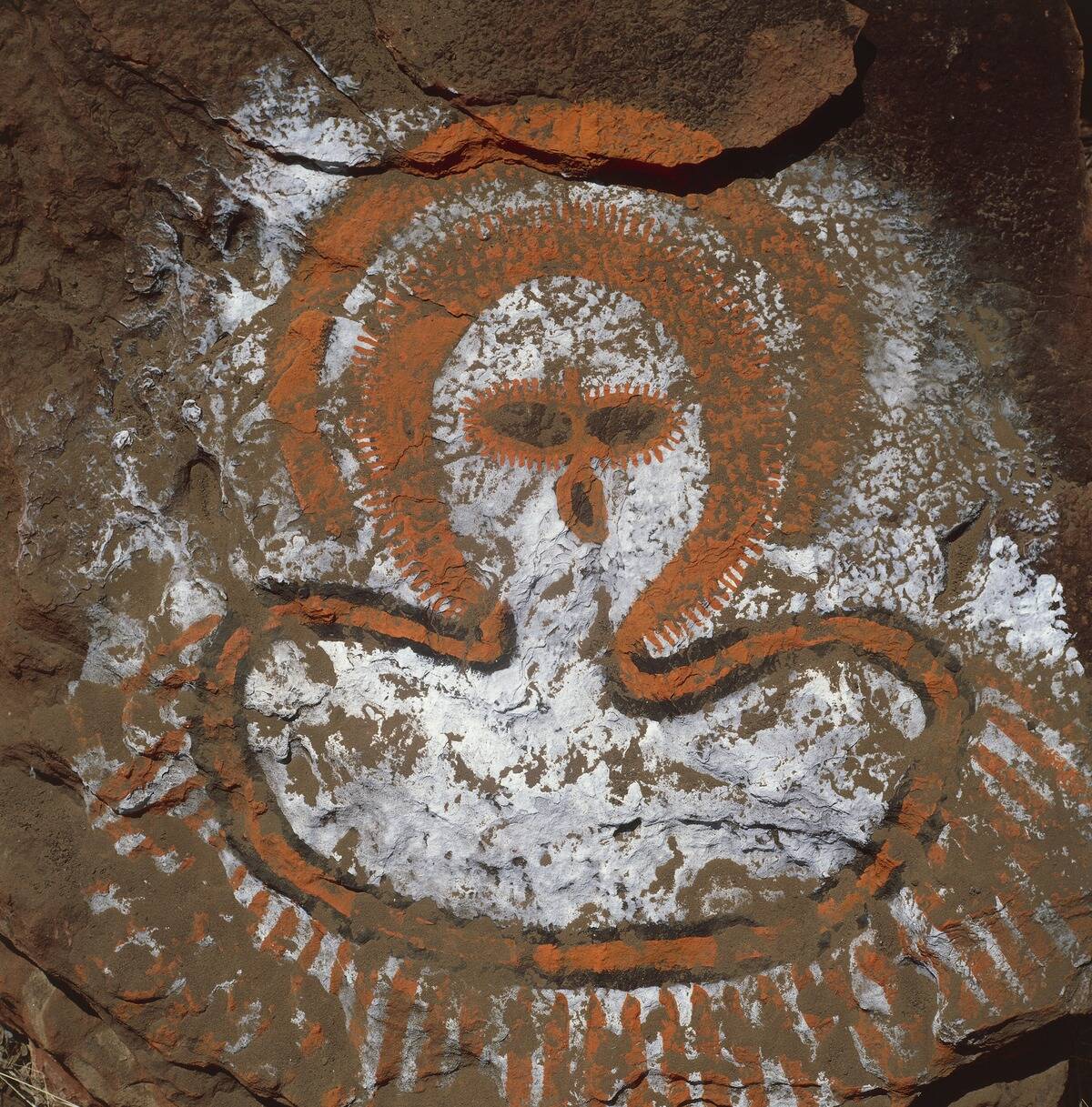
Aboriginal Australians, with a history spanning over 65,000 years, possess a rich cultural heritage deeply connected to the land. Their traditional ecological knowledge includes sophisticated land management practices like controlled burning to promote biodiversity. Dreamtime stories, passed down through generations, encapsulate their cosmology and social values. These timeless traditions reflect a profound understanding of the natural world and emphasize the importance of preserving cultural heritage in the face of modernization.
The Vikings: Seamanship and Navigation Skills
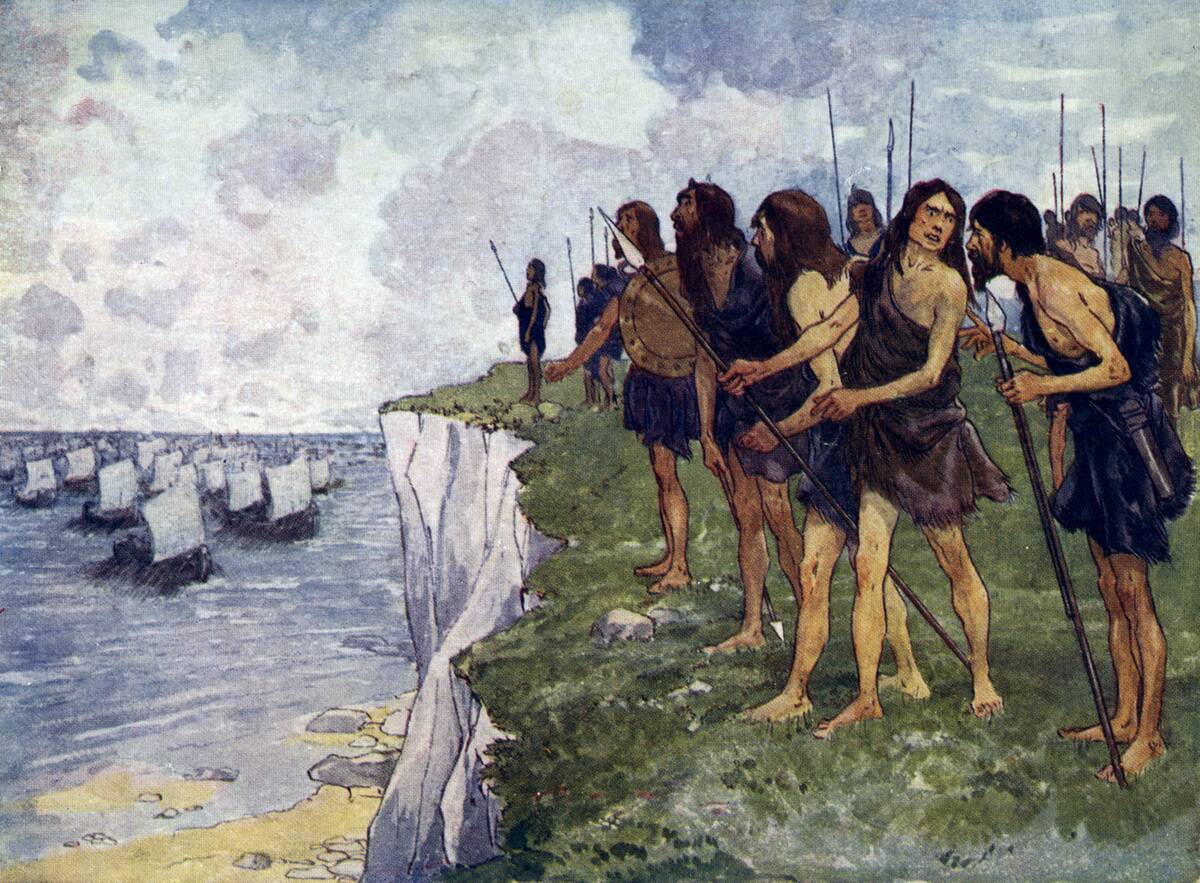
The Vikings, active between the 8th and 11th centuries, were exceptional seafarers known for their advanced navigation skills. They used sun compasses and landmarks to traverse vast distances, reaching as far as North America. Their longships, designed for speed and agility, facilitated exploration, trade, and raids across Europe. The Vikings’ maritime prowess not only expanded their influence but also contributed to cultural exchanges and the spread of technologies, highlighting their role as dynamic explorers and traders.
The Nubian Kingdoms: Architectural Wonders of the African Continent

The Nubian Kingdoms, particularly the Kingdom of Kush, flourished in the Nile Valley from around 1070 BCE to 350 CE. They are renowned for their impressive pyramids and temples, showcasing unique architectural styles distinct from their Egyptian neighbors. The pyramids at Meroë, built with steep angles, reflect advanced construction techniques and cultural significance. Nubian architecture not only highlights the region’s rich cultural heritage but also underscores the interconnectedness of African civilizations in ancient times.
The Olmecs: The Mysterious Mother Culture of Mesoamerica
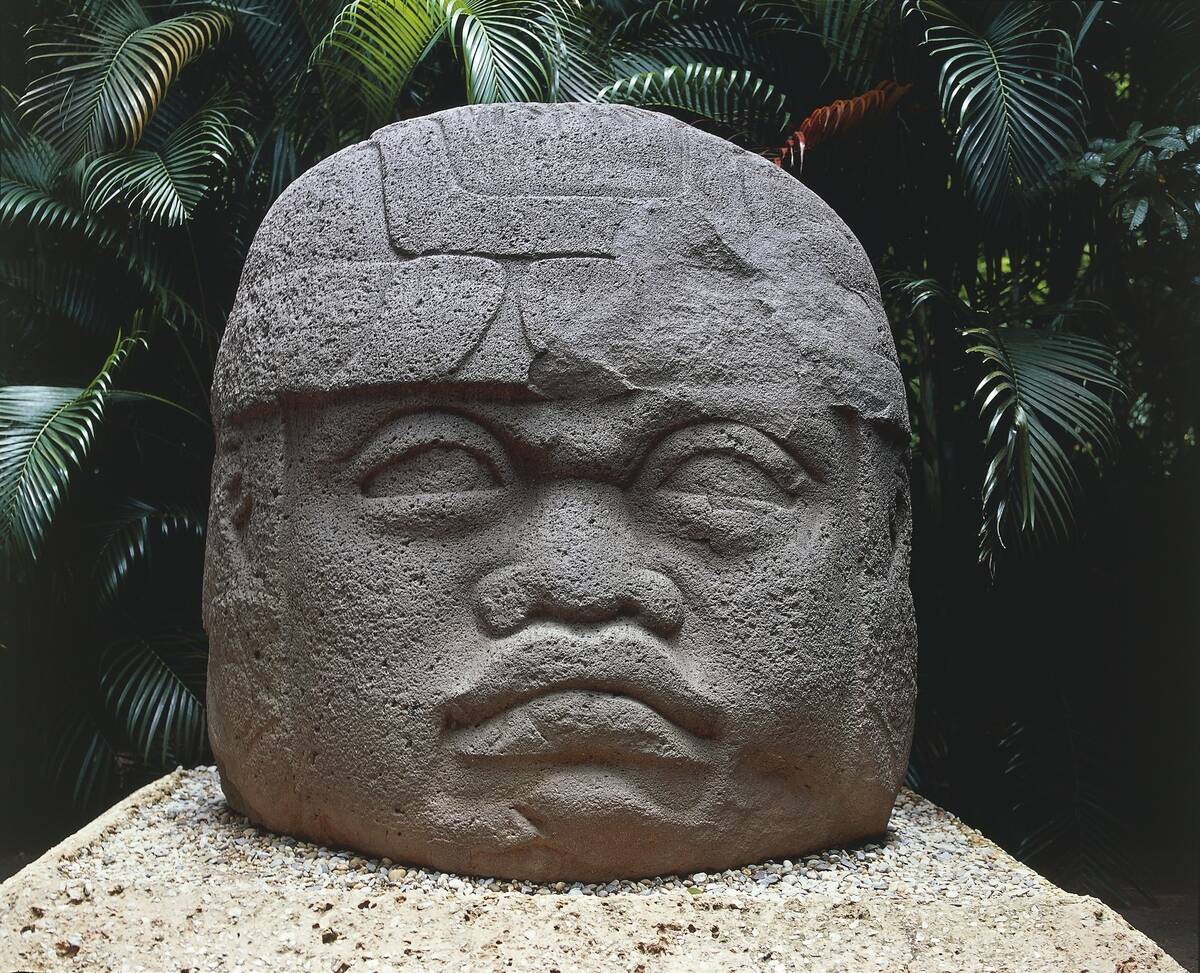
The Olmecs, thriving in present-day Mexico from around 1400 to 400 BCE, are often considered the “mother culture” of Mesoamerica. They are known for their colossal stone heads, each weighing several tons, and their influence on later civilizations like the Maya and Aztecs. The Olmecs developed early writing systems and engaged in complex religious practices. Their legacy is evident in the cultural and technological advancements that followed, marking them as a foundational civilization in the Americas.
Carthaginian Commerce: A Maritime Trading Empire
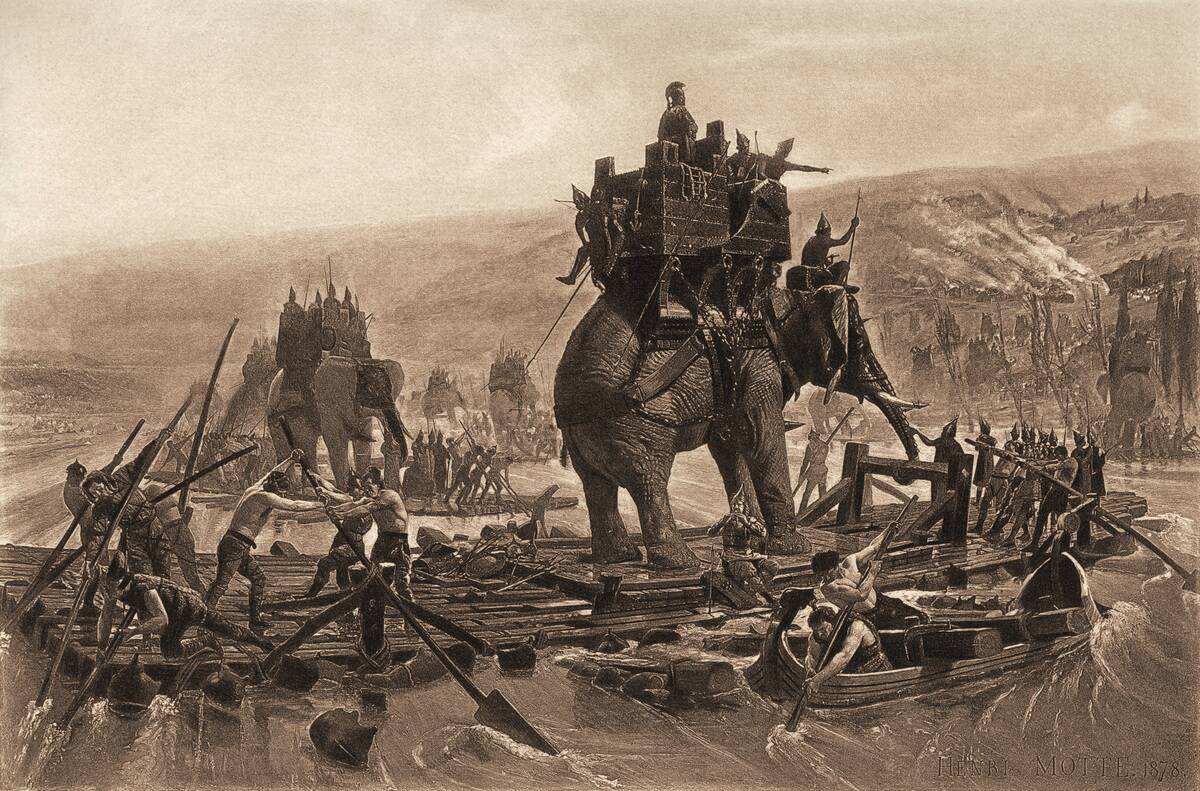
Carthage, a powerful city-state in the Mediterranean from the 9th century BCE to 146 BCE, was a hub of maritime commerce. The Carthaginians excelled in shipbuilding and navigation, establishing trade routes across the Mediterranean and beyond. Their economy relied on the exchange of goods like precious metals, textiles, and exotic animals. Carthage’s commercial success and strategic location made it a formidable power, influencing the economic and political dynamics of the ancient world.
The Astronomical Alignments of Stonehenge

Stonehenge, constructed between 3000 and 2000 BCE in present-day England, is a marvel of prehistoric engineering and astronomy. The monument’s precise alignment with the solstices suggests its use as an ancient astronomical calendar. Archaeological evidence indicates that it was a site of ceremonial significance, possibly related to solar and lunar events. Stonehenge’s enduring mystery and alignment continue to captivate researchers, highlighting the astronomical knowledge and cultural practices of its builders.
The Khmer Empire and the Architectural Grandeur of Angkor Wat
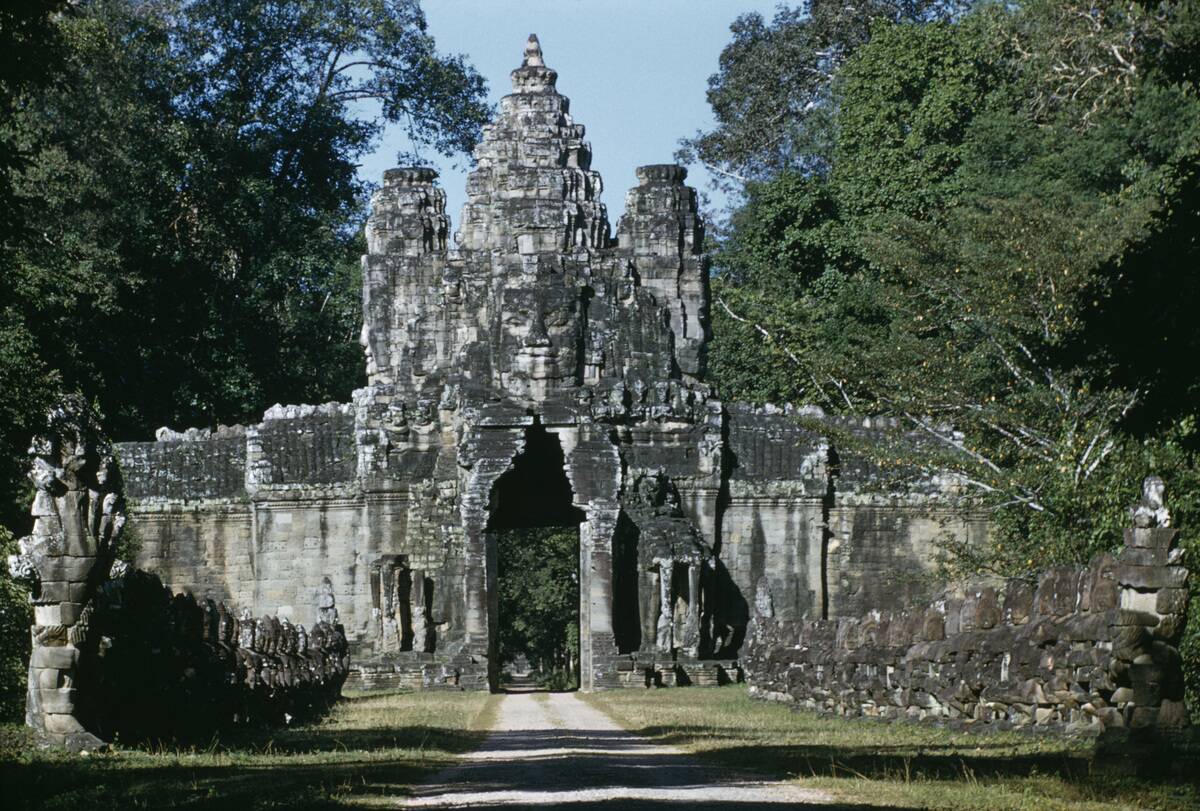
The Khmer Empire, at its zenith from the 9th to the 15th century, is celebrated for its architectural masterpiece, Angkor Wat. Constructed in the early 12th century, the temple complex reflects advanced engineering and intricate artistry. Its layout symbolizes the Hindu cosmology, with the central tower representing Mount Meru. Angkor Wat’s grandeur and the empire’s extensive irrigation systems exemplify the Khmer’s architectural and agricultural prowess, leaving a legacy of cultural and spiritual significance in Southeast Asia.
Egyptian Engineering: The Pyramids and Their Mysterious Precision
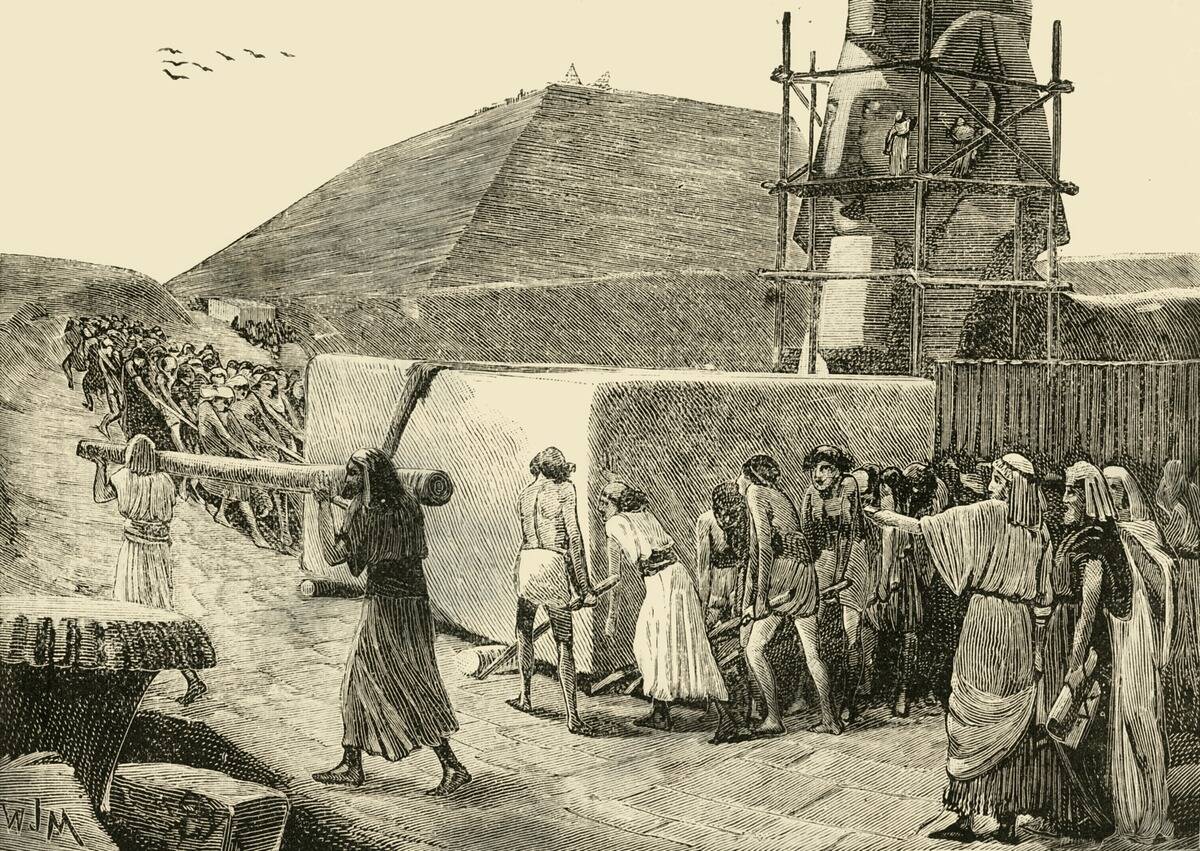
Ancient Egypt’s pyramids, especially the Great Pyramid of Giza, are a testament to sophisticated engineering and architectural prowess. Built around 2560 BCE, the Great Pyramid was originally 146.6 meters tall, and its construction remains a topic of debate. The precise alignment with the cardinal points and the use of 2.3 million limestone blocks, each weighing an average of 2.5 tons, baffle experts. The pyramids exemplify the Egyptians’ mastery of mathematics and construction techniques, leaving a lasting legacy of human achievement.



